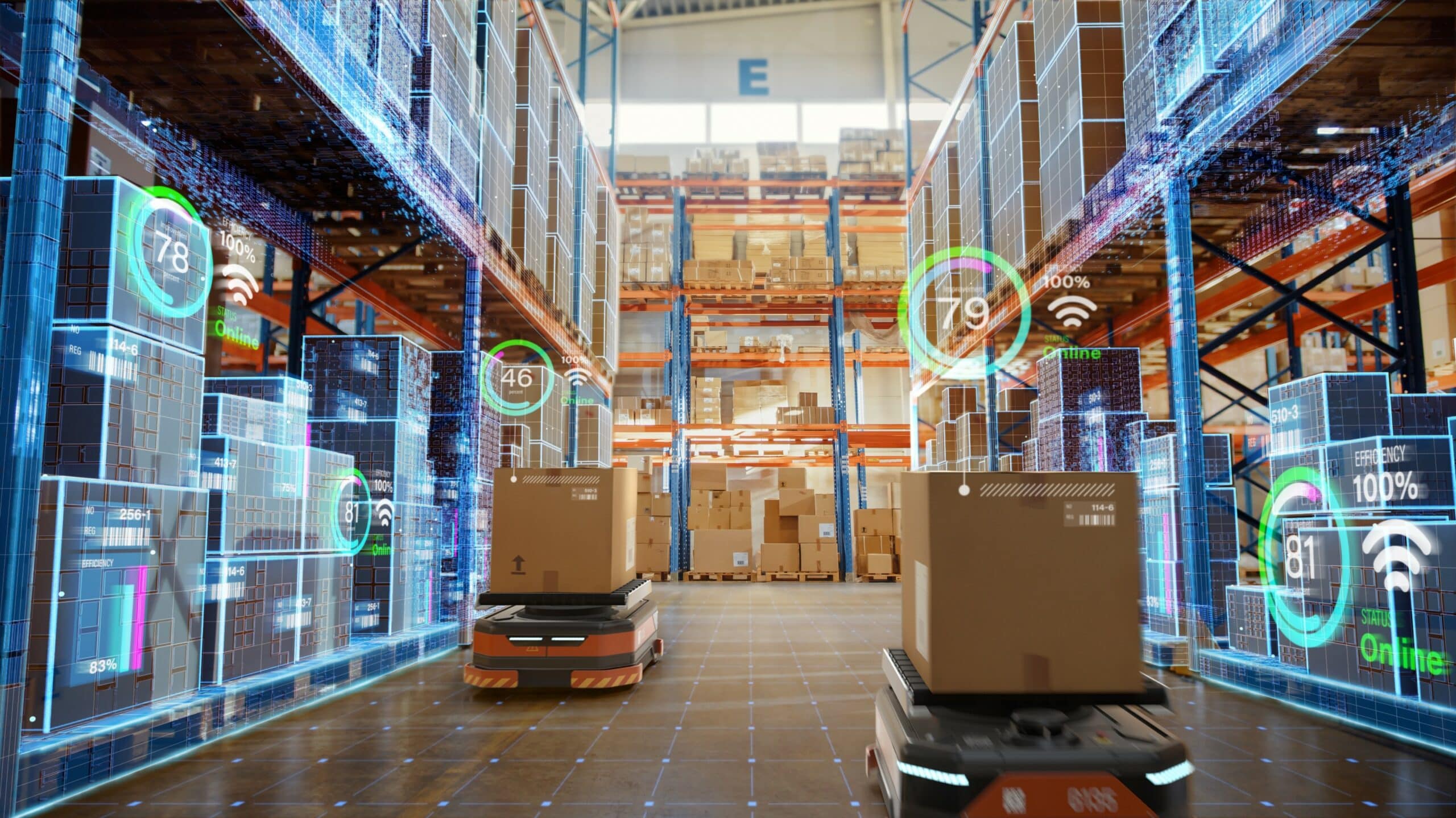Warehouse Automation: where are we today?
The advent of warehouse automation has been a significant technological breakthrough in recent times.
On November 28, 2023

The advent of warehouse automation has been a significant technological breakthrough in recent times.
On November 28, 2023
82% of organizations consider partial automation to be the norm in all types of warehouses
Automation investments in warehouses are on the rise. According to a survey published by FM Logistic*, 80% of e-commerce warehouses and 84% of B2B warehouses have already partially automated their activities. The rise of e-commerce, leading to massive growth orders and increased operational complexity, is not the only reason behind warehouse automation. It has also become crucial to helping companies deal with HR challenges such as increasing labor costs or worker shortages. “We tend to see the highest automation rates in companies confronted with hiring difficulties due to high labor costs”, says Patrick Bellart, FM Logistic Robotization and Automation Director. “Growth in warehouse automation is also fueled by companies which need to become more attractive by improving working conditions through less handling, pushing, and walking.”
Sector-wise, the Beauty and Luxury sector is the most mature in terms of warehouse automation compared to the Retail and FMCG industries. 93% of Beauty & Luxury companies have adopted partial automation of their B2B warehouse, 25% have fully automated their e-commerce warehouse, and 100% plan to fully automate their e-commerce warehouse in the future. This trend is explained by the surge in online luxury sales over the past few years.
Companies in the FMCG sector have the highest adoption of full automation (17%) for their B2B warehouse. This is due to the predominance of factory warehouses, whose simpler flows require repetitive gestures, which are more easily automated. “The level of automation depends on logistics flow type, size and complexity”, says Patrick Bellart. “We see more automation with small-sized products because the large number of references and the high volume of orders make automation more cost-effective. That is why e-commerce players and cosmetic and luxury goods companies are good candidates for automation. Automation is less widespread for heavy loads on pallets as automation is more expensive for lower volumes.”
While almost all processes can be automated, some phases are more easily automated than others. For e-commerce (light loads), the wrapping, box building and closing, and picking are the most mature. For pallet operation (heavy loads), automated wrapping is well developed, while storage automation remains questionable because of high technology costs. “At FM Logistic, we favor agile and flexible technological solutions over rigid technologies such as elevators or cranes that are longer to assemble”, explains Patrick Bellart. FM Logistic has developed three leading technologies for its customers:
When it comes to automation, FM Logistic follows a single guideline: innovate with purpose. We offer our clients the most suitable automated solution depending on the project at each logistics stage. A precise cost and feasibility study is carried out by looking at the Total Cost of Ownership (TCO) which goes beyond the initial investment to include energy, maintenance & supervision costs. FM Logistic monitors the efficiency of its automated solutions and security issues, through compliance and security audits led by external organizations. “At FM Logistic, we choose the best technologies that we master 100%, and integrate into our systems, and select the best suppliers”, says Patrick Bellart. “Our goal is not to automate at all costs but to find the right automated dimensioning. Some processes will always need people and one of our challenges is to build efficient interfaces between humans and machines.”
* A survey has been conducted with 100 respondents across 3 sectors: FMCG, Retail and Beauty & Luxury. The respondents were based in France, Poland and India.
Fill in the form